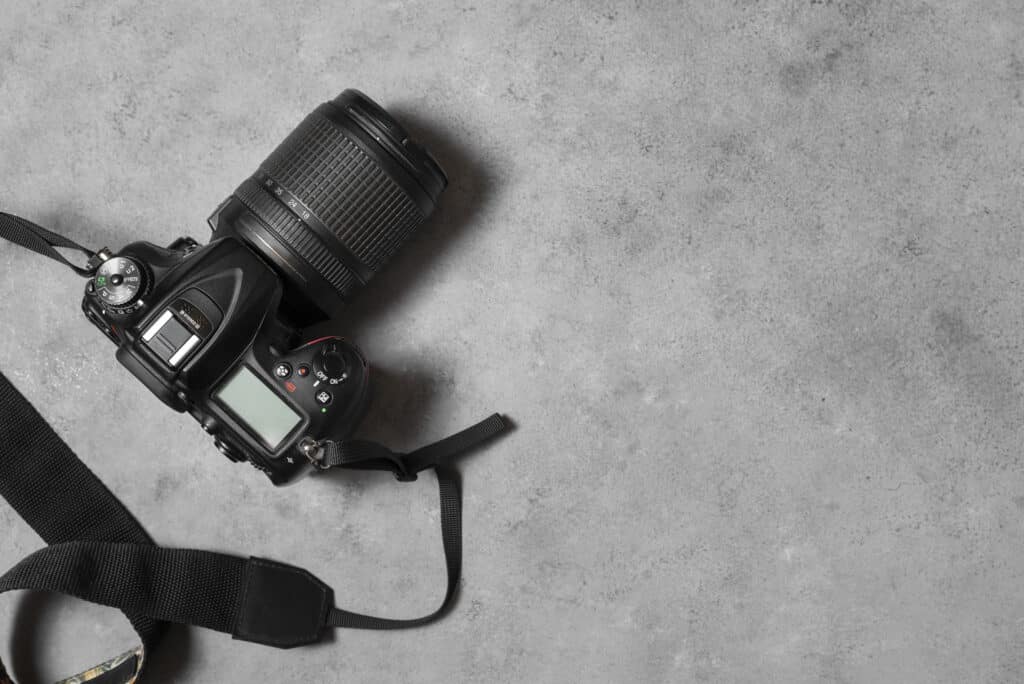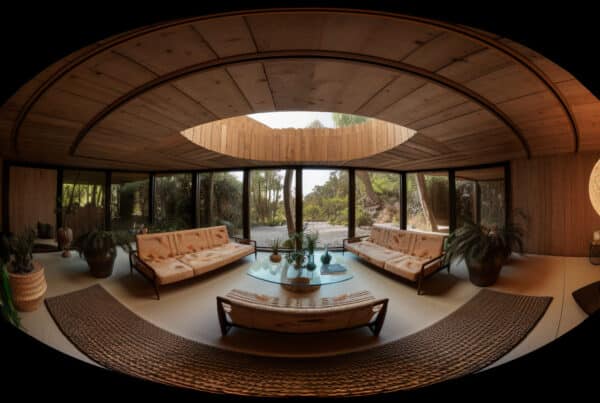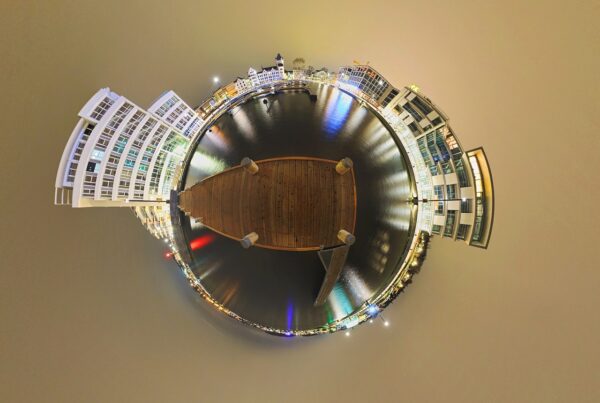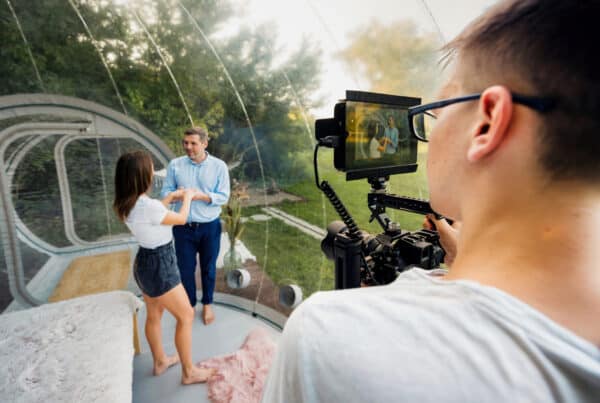
In a world where technology continuously reshapes our perceptions and experiences, virtual reality (VR) stands at the forefront of innovation, offering immersive journeys that transcend the limits of the physical realm. Capturing reality through the lens of VR photography merges the artistry of traditional photography with advanced technological prowess, creating a new dimension of storytelling that invites viewers to step inside the frame. This blog post delves into the intricate dance between art and science in VR photography, exploring how skilled photographers harness cutting-edge equipment and techniques to create stunningly lifelike environments that engage the senses and evoke emotion. From the fundamentals of 360-degree lenses to the nuances of lighting and composition in virtual spaces, we will uncover the elements that make VR photography a revolutionary medium. Join us as we embark on a journey to understand how this fascinating blend of creativity and technology is redefining the way we see and share our world.
Introduction to Virtual Reality Photography
Virtual Reality (VR) photography represents a revolutionary blend of technology and artistry, providing a transformative way to experience visual stories. Unlike traditional photography, which captures a moment in a two-dimensional frame, VR photography immerses viewers in a three-dimensional environment, allowing them to engage with the scene as if they were physically present. This innovative medium invites audiences to step into the narrative, exploring every angle and detail of the captured moment.
As we progress further into the digital age, the demand for immersive experiences is increasing. VR photography meets this need by merging high-resolution imagery with advanced software to create interactive environments. From virtual tours of stunning landscapes to dynamic art exhibit presentations, VR photography offers a compelling way to showcase the world.
In this blog post, we will explore the essentials of VR photography, including the necessary equipment, techniques that distinguish it from conventional photography, and its versatile applications in various fields. Join us on this captivating journey into the world of VR photography!
The Evolution of Photography in the Digital Age
The digital age has transformed photography in extraordinary ways. Gone are the days when capturing a moment involved careful film exposure, manual settings, and waiting for prints to develop. Now, photography is more accessible than ever, thanks to smartphones equipped with high-resolution cameras. This democratization empowers amateur photographers to unleash their creativity while reshaping the industry.
With the shift from film to digital, new techniques and technologies have emerged, allowing photographers to experiment like never before. Features such as instant image review and automatic adjustments enable stunning images to be captured with ease. The rise of social media, where visuals dominate, has created a culture of immediacy, pushing photographers to share their work instantly and meet the demand for fresh content.
As we explore the frontier of virtual reality (VR) photography, this evolution continues. VR photography combines traditional techniques with advanced technologies, enabling immersive experiences that transport viewers into the heart of the scene, redefining how we capture and experience reality.
Essential Gear for VR Photography
When venturing into the immersive world of VR photography, having the right gear is essential for capturing stunning visuals that transport viewers into new realms. The necessary equipment for VR photography includes a combination of tools that work together to create a seamless experience.
1. 360-Degree Camera: Central to VR photography is the 360-degree camera, designed to capture panoramic images that envelop the viewer. Popular models like the Insta360 ONE X2 and the Ricoh Theta Z1 offer high-quality image capture and user-friendly interfaces. Look for cameras that provide high resolution, image stabilization, and easy connectivity to smartphones or computers for quick editing.
2. Tripod or Stabilizer: A sturdy tripod or stabilizer is crucial for achieving smooth, professional-looking shots. A tripod ensures stability during captures, especially in low-light conditions, while a handheld gimbal stabilizer, such as the Zhiyun Smooth 4, offers fluid movement for video.
3. Editing Software: Post-production is vital in VR photography. Software like Adobe Premiere Pro or Final Cut Pro allows advanced editing, stitching images together, adjusting colors, and adding effects. For stitching photos, specialized software like PTGui or Kolor Autopano creates flawless panoramas.
4. Protective Gear: Given the adventurous nature of VR photography, invest in protective gear for your equipment, such as a durable camera case, lens filters, and screen protectors, safeguarding your gear from harsh conditions and allowing you to focus on capturing moments.
5. Audio Equipment: Sound is a crucial element often overlooked by new photographers. Incorporate high-quality microphones, like lavalier or shotgun mics, to capture ambient sounds that enhance the immersive experience, especially for VR videos.
Equipped with these essential tools, you’ll be well-prepared to explore the captivating art of VR photography. These items will not only enhance your shooting experience but also elevate the quality of your final output, ensuring every shot is a mesmerizing glimpse into the world as you see it.
Applications of VR Photography in Various Fields
Virtual Reality (VR) photography has expanded the horizons of traditional imaging, finding applications across various fields, each leveraging its immersive capabilities to enhance experiences and provide unique insights. The impact of VR photography is both diverse and significant.
In real estate, VR photography allows potential buyers to explore properties from the comfort of their homes. Virtual tours offer a 360-degree view of spaces, enabling clients to experience layouts and atmospheres without stepping inside. This not only saves time but also fosters deeper engagement, helping buyers envision their future in the space.
Education is another domain where VR photography excels. Classrooms transform into interactive learning environments, enabling students to virtually visit historical sites, dive into the ocean’s depths, or explore the cosmos. This immersive approach enhances information retention and cultivates genuine curiosity about the world.
The tourism industry has also adopted VR photography, allowing potential travelers to experience destinations before booking trips. Users can wander through bustling markets, stroll along pristine beaches, or climb majestic mountains—all from their screens. This entices wanderlust and aids informed travel choices.
In healthcare, VR photography is vital for training medical professionals. Surgical simulations provide a safe environment for students to practice procedures, enhancing skills and building confidence, ultimately improving patient care.
Finally, in the realm of art and entertainment, VR photography opens new creative avenues. Artists can create immersive installations inviting viewers inside their work, while filmmakers can transport audiences into narratives, blurring the lines between observer and participant. This captivating storytelling creates memorable experiences that resonate long after the headset is removed.
In summary, the applications of VR photography are vast and varied, enriching multiple fields with its immersive qualities. As technology evolves, so will the ways we capture and interact with reality, leading to even more innovative uses in the future.
The Future of VR Photography: Trends to Watch
As technology evolves rapidly, VR photography is undergoing transformative changes that will redefine image capture and experience. One notable trend is the integration of artificial intelligence (AI) and machine learning into VR photography workflows. These advanced technologies will streamline editing, making it more intuitive and efficient while enhancing image quality through automatic adjustments in lighting, color balance, and composition. This allows photographers to focus more on creativity rather than technical details.
The rise of 360-degree video content is another exciting development. As platforms like YouTube and social media adapt to immersive experiences, the demand for stunning 360-degree videos is increasing. Photographers and videographers will have new opportunities to craft compelling narratives that engage viewers, offering an unprecedented sense of presence.
Additionally, the combination of augmented reality (AR) with VR photography will create fascinating intersections between digital and physical worlds. This fusion allows photographers to overlay interactive elements on captured images, enhancing viewer experiences and opening new storytelling avenues.
As lighter and more powerful VR cameras and headsets become accessible, the barrier to entry for aspiring VR photographers will lower, leading to an explosion of creativity and innovation in the field. Sustainability will also play a significant role, prompting photographers to adopt eco-friendly practices and promote conservation through their work.
Looking ahead, the future of VR photography is about the stories we tell and the experiences we create, inspiring and engaging audiences worldwide.
Ready to capture reality like never before? Contact Virtually Anywhere today to explore the art and science of VR photography. Discover cutting-edge techniques, essential gear, and innovative applications that bring immersive visuals to life. Whether you’re a professional or an enthusiast, VR photography offers limitless creative possibilities. Start creating stunning, interactive experiences today!




